Maintaining the pH levels of hydroponic systems is crucial to keeping your plants healthy and ensuring optimal growth. pH stands for “potential hydrogen” and measures the acidity or alkalinity of a solution. The pH level goes from 0 to 14, with 7 being neutral, 7 being acidic, and 7 being alkaline. Most plants prefer a slightly acidic environment, with a pH between 5.5 and 6.5.
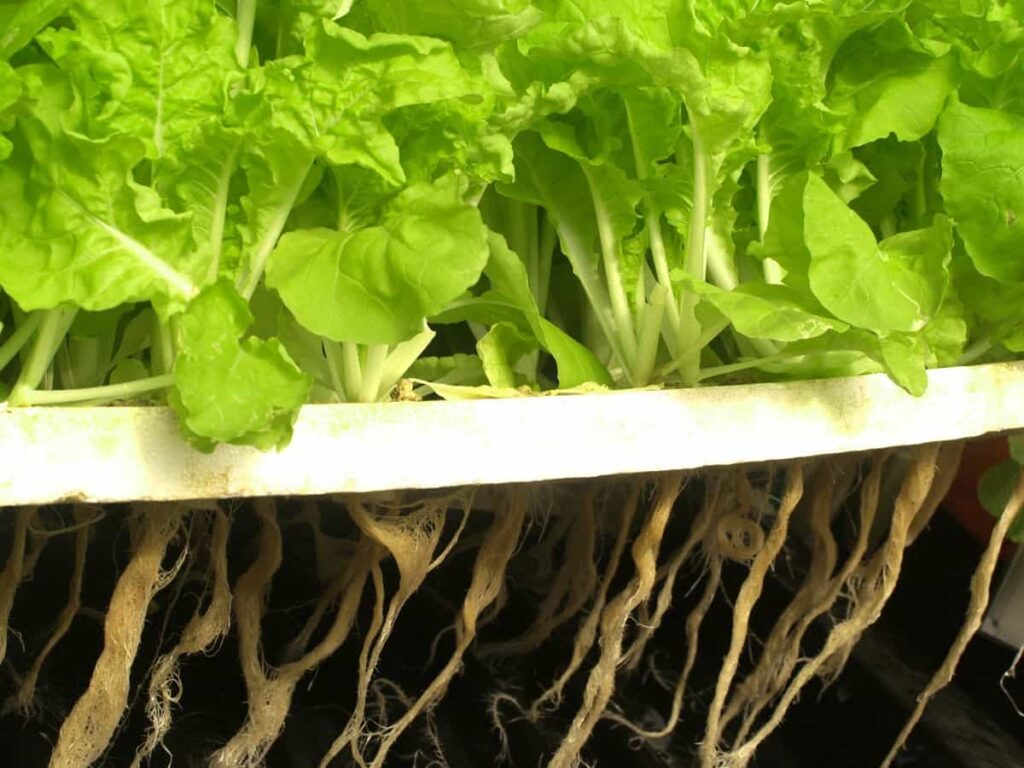
However, different plants have different pH requirements, so it’s important to know your plants’ needs before adjusting your system’s pH levels. There are a few other methods to test the pH levels of your hydroponic system, and each has its advantages and disadvantages. This article will explore some of the most common ways to test pH levels and how to adjust them if necessary.
How to maintain the pH levels of hydroponic systems
The pH Scale
The pH scale measures how acidic or basic a solution is. It ranges from 0 to 14, with 7 being neutral. Below pH level 7 is acidic, and above 7 is basic. Hydroponic systems need to maintain a certain pH level to function correctly. The ideal pH level for different hydroponic systems is between 5.5 and 6.5. This range allows plants to absorb the nutrients they need while preventing the growth of harmful bacteria. If the pH level of a hydroponic system gets too high or too low, it can cause problems for the plants.
For example, if the pH level gets too low, the roots may not be able to absorb enough nutrients. On the other hand, if the pH level gets too high, the leaves may start to yellow, and the plant may become stunted. There are a few different methods to test the pH level of a hydroponic system. The most common way is to use test strips that change color when they come into contact with a solution of a certain pH level.
In case you missed it: How to Start Hydroponic Farming in Australia: Scope, Types, Pros, and Cons
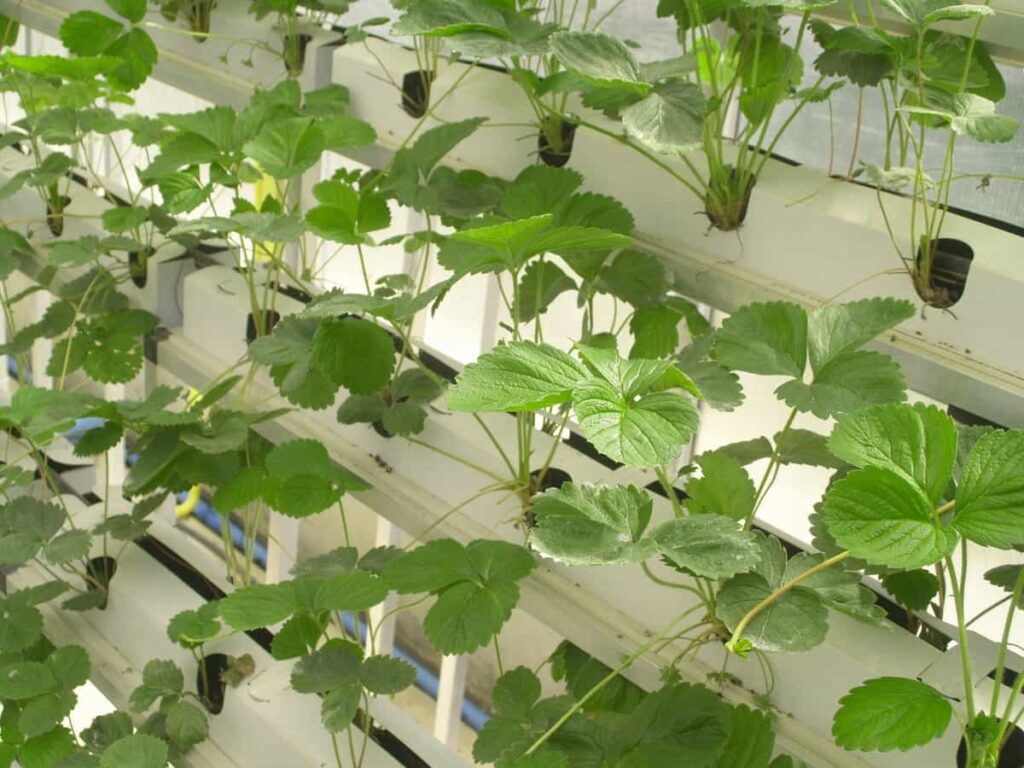
Another way is to use an electronic pH meter, which gives a more accurate reading. Once you know the current pH level of your hydroponic system, you can adjust it as needed using various chemicals. For example, if your system’s pH level is too low, you can add sodium bicarbonate (baking soda) to raise it. If your system’s pH level is too high, you can add vinegar
Importance of Maintaining pH Levels in Hydroponic Systems
pH levels are important in hydroponic systems because they affect the availability of nutrients to plants. The ideal pH level for most plants is between 5.5 and 6.5. If the pH is too low, nutrients can become unavailable to plants, and if the pH is too high, nutrients can become toxic to plants.
Methods of adjusting pH in Hydroponic Systems
You can adjust the pH levels in your hydroponic system in a few different ways. The common method is to use a commercial pH-adjusting solution. You can also use household chemicals, such as vinegar or lemon juice, to lower the pH of your system. Finally, if you need to raise the pH, you can use a solution of sodium bicarbonate (baking soda). You will need to test the pH level of your system regularly and make adjustments as needed. The best method to do this is with a digital pH meter. You can find these at most garden supply stores.
Adjusting pH in Hydroponics
The important aspect of maintaining a healthy hydroponic system is keeping the pH levels in check. The pH range measures how acidic or alkaline a solution is, and it is important to maintain the proper levels for plants to absorb nutrients properly. There are different ways to adjust the pH levels in your hydroponic system. One way is to use chemicals such as pH up and down solutions. These solutions can be found at most garden stores or online.
Another way to adjust the pH levels is by using natural methods such as adding lemon juice, vinegar, or baking soda to raise acidity or alkalinity levels. It is important to test the pH ranges often and adjust as needed. A simple test kit can be purchased at most garden stores or online. Also, it is best to keep track of the pH levels over time to see if any developing trends might need further attention.
In case you missed it: Hydroponic Farming at Home: How to Start, Kit, Cost, Best Plants for Home Hydroponics
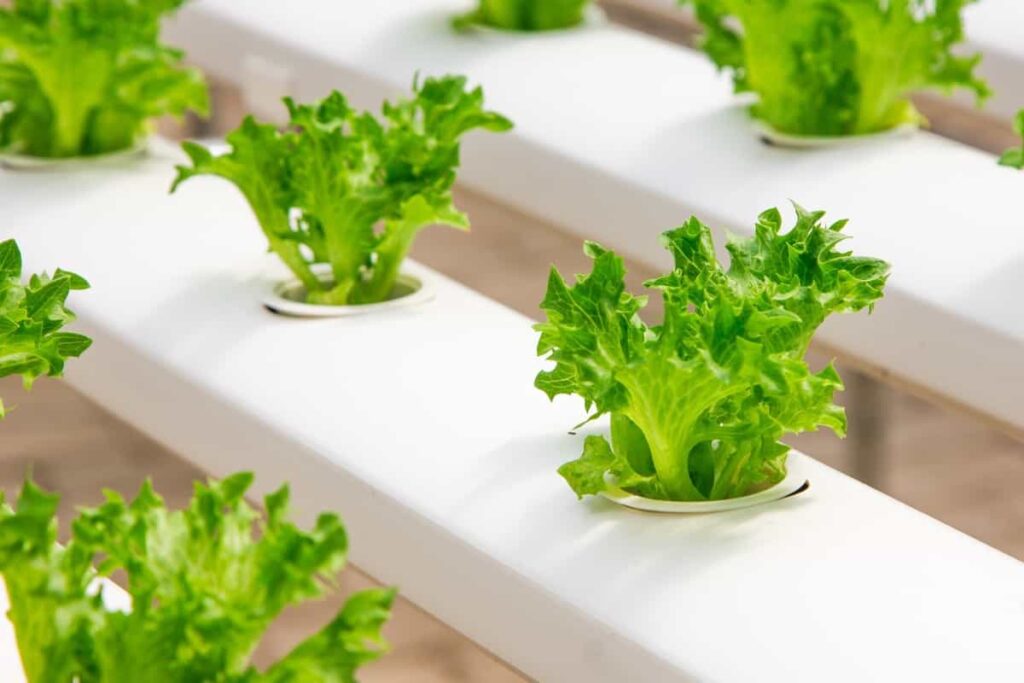
What is pH in Hydroponics?
pH stands for “potential hydrogen” and measures the acidity or alkalinity of a solution. The pH level ranges from 0 to 14, with 7 being neutral, 8-14 being alkaline, and 0-6 being acidic. Therefore, the ideal pH for most plants is between 6 and 7. A hydroponics system is a process of growing plants in a soilless solution.
The plants are supported by an inert medium, such as perlite or gravel, and the roots are constantly bathed in a nutrient solution. Because hydroponics systems do not use soil, the pH of the nutrient solution is critical. The pH of the solution can affect the uptake of nutrients by the plants, as well as the growth rate and overall health of the plants.
If the pH range is too high or too low, it can “lock out” certain nutrients the plant needs for growth. For example, if the pH is too low, iron will not be available to the plant, even if it is in the nutrient solution. It is essential to regularly test the pH of your hydroponic system and adjust it as necessary. Most home gardeners test the pH once a week and adjust as needed.
EC and pH growing tables
pH range is one of the most important aspects of a hydroponic system, as it directly affects the availability of nutrients to plants. The ideal pH range for most plants is between 5.5 and 6.5. However, different plants have different optimal pH ranges, so it is important to consult a growing table before adjusting the pH of your system.
EC, or electrical conductivity, is another important factor in hydroponic systems. EC measures the number of dissolved minerals in the water and can be used to determine whether the water is too alkaline or too acidic. Most plants prefer an EC level between 2 and 4 mS/cm. The following tables provide recommended pH and EC levels for various types of plants:
| Type of Plant | Optimal pH Range | Optimal EC Level |
| Lettuce | 5.5-6.5 | 2-4 mS/cm |
| Tomatoes | 6.0-6.8 | 2-4 mS/cm |
| Cucumbers | 5.8-6.4 | 2-4 mS/cm |
| Peppers | 5.8-6.4 | 2-4 mS/cm |
| Strawberries | 5.5-6.0 | 1.8-2.0 mS/cm |
Why does my pH keep going up Hydroponics?
Several reasons your pH might keep going up in a hydroponic system. It could be that you are using too much alkaline water, or it could be that your plants are producing too much waste. If you are using alkaline water, you can use distilled water instead. If your plants produce too much waste, you can try adding more plants to your system to help absorb the excess nutrients. You can also try using a phosphate buffer to help keep the pH levels in check.
How do you stabilize pH in Hydroponics?
The pH level of Hydroponics can be easily controlled and monitored with a pH test kit. To raise the pH level, add lime to the water. To lower the pH level, add vinegar or sulfuric acid.
In case you missed it: Farming Business Plan PDF: for Poultry, Livestock, Agriculture, Horticulture, Greenhouse, and Hydroponic
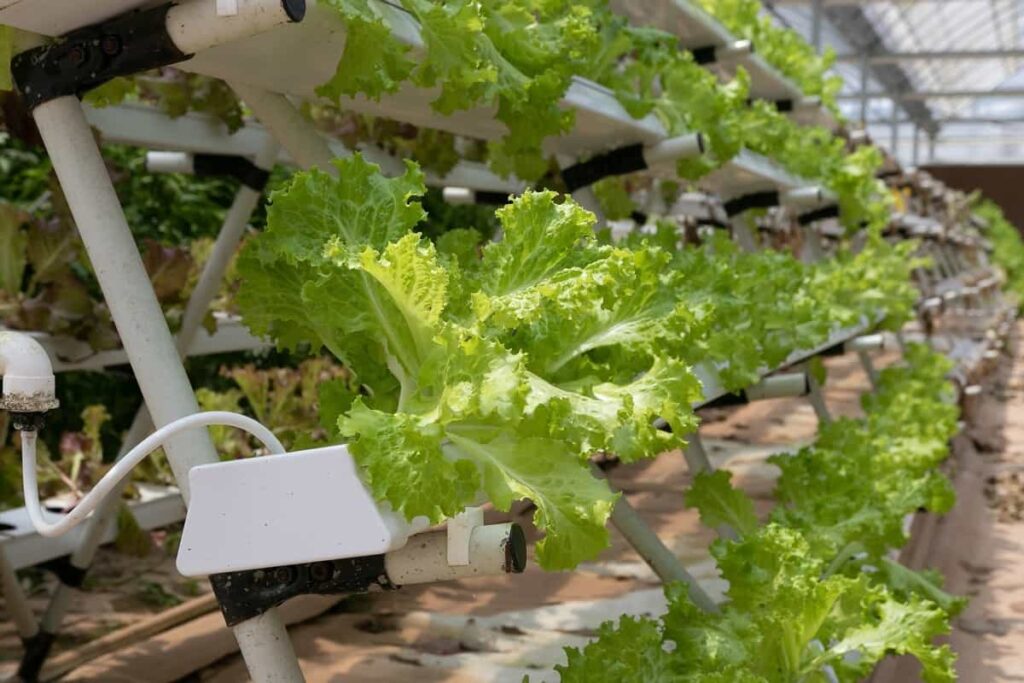
Does aerating water raise pH in Hydroponics?
Aerating water does not raise pH levels in hydroponic systems. However, aeration can help lower water pH by increasing the amount of dissolved oxygen in the water.
What can I use to lower pH levels in Hydroponics?
There are a few options for lowering pH in hydroponic systems. Acid can be added to the water to lower the pH, or chemicals such as phosphoric or sulfuric acid can be used. In addition, some growers use special media such as peat moss or calcined clay to help lower pH.
What happens if pH is too high in Hydroponics?
If the pH of your hydroponic system is too high, your plants will not be able to absorb nutrients properly. This can lead to nutrient deficiencies and stunted growth. Additionally, high pH can cause problems with your equipment, making it less effective and more difficult to maintain.
What is the ideal pH level for Hydroponics?
The ideal pH range for Hydroponics is between 5.5 and 6.5. This range is optimal for most plants, allowing them to take up nutrients efficiently. However, some plants may prefer a slightly higher or lower pH level. For example, cucumbers and tomatoes prefer a slightly acidic environment, while roses prefer a slightly alkaline environment.
If the pH level of your hydroponic system is outside of the optimal range, your plants may experience nutrient deficiencies or other problems. For example, if the pH level is too high, plants may not be able to take up certain nutrients. Conversely, plants may experience stunted growth or other problems if the pH is too low. Therefore, to ensure that your plants are getting the ideal growing conditions, it is essential to regularly test the pH level of your hydroponic system and make adjustments as needed.
How often should I adjust the pH hydroponics?
The pH of your hydroponic system should be checked and adjusted regularly – at least once a week and more often if possible. pH levels can fluctuate for various reasons, so it’s important to keep an eye on them and make adjustments as needed. There are a few different ways to adjust the pH of your hydroponic system.
In case you missed it: Vertical Hydroponic Farming: A Growing Trend In Urban Agriculture
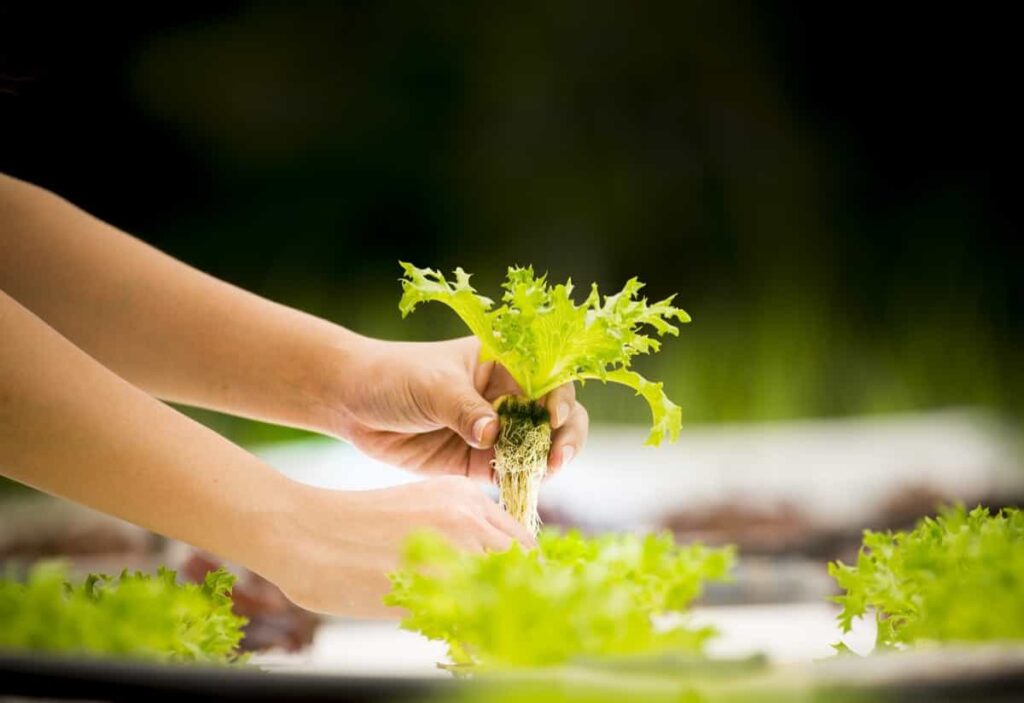
The most common method is to use pH up or down solutions available at most garden stores. You can also use other household items like vinegar or baking soda to raise or lower the pH level. If you notice that the pH of your system is starting to get out of balance, make adjustments as soon as possible. Letting the pH get too far out of range can stress and even kill your plants.
How often should water run in Hydroponics?
How often water should run in Hydroponics can be determined by the type of hydroponic system used. For example, deep water culture systems only need to have their water changed once a week, while drip irrigation systems will need to have their water changed more frequently, about every other day. Generally, it is best to check the moisture levels of your plants every day and adjust the watering schedule accordingly.
How long should you flush in Hydroponics?
Hydroponic systems can be flushed for many reasons, including to rid the system of nutrient build-up, to prevent root diseases, or to prepare for a change in nutrients. Generally, it is recommended to flush hydroponic systems every two to four weeks, depending on the type of system and the plants being grown. For example, if you are growing fast-growing plants that produce a lot of fruit or flowers, you may need to flush your system more often than if you are growing slower-growing plants.
If you use a recirculating hydroponic system, you will likely need to flush it less often than a non-recirculating system. When flushing your hydroponic system, follow the manufacturer’s instructions. Some systems may require you to drain all the solutions and start fresh, while others may only require you to replace a portion. In most cases, you will need to run clean water through the system for at least an hour to ensure that all the nutrient solutions have been flushed out.
In case you missed it: Hydroponic Growing System and Gardening
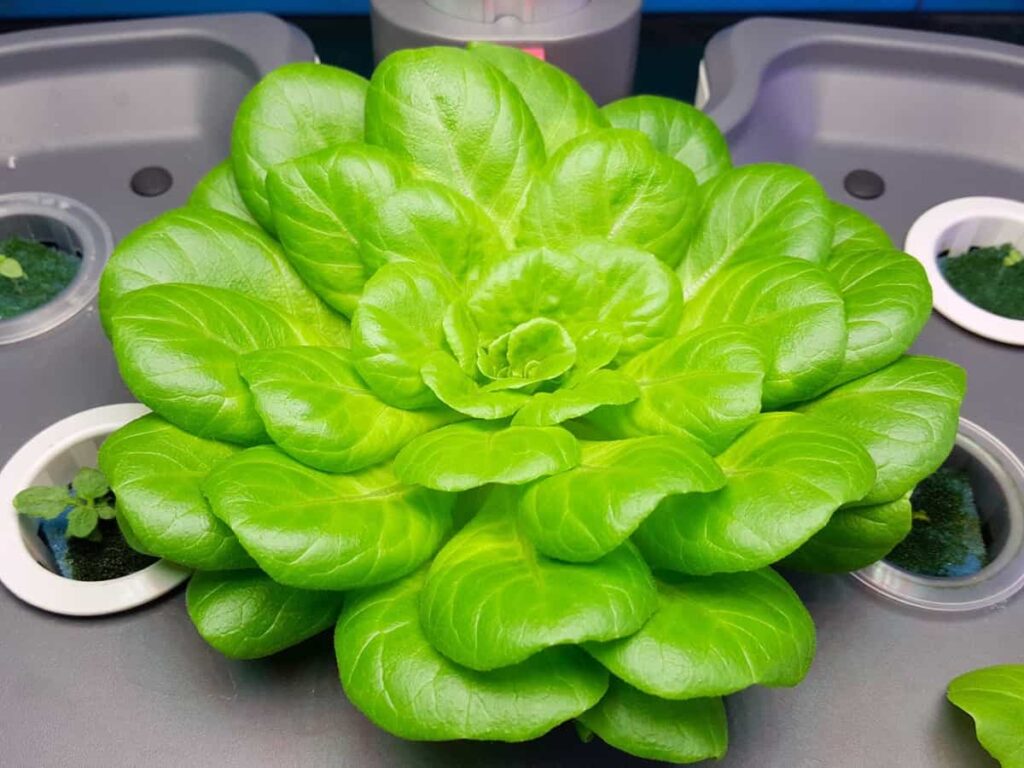
Conclusion
Maintaining the pH levels of hydroponic systems is important to ensure optimal plant growth. You can create a healthy environment for your plants to thrive by monitoring the pH levels and making adjustments. Following these tips can keep your hydroponic system running smoothly and efficiently.
- Sheep Farming Business Plan for Beginners
- Aquaponic Farming at Home: A Step-By-Step Guide
- Profitable Village Farming Business Ideas in 2024
- High-Yield Aquaculture: Fast-Growing Fish for Farming
- Effective Fish Pond Construction Techniques for Beginners
- Irrigation and Water Management in Pineapple Farming
- Blossom to Harvest: Mastering Flowering and Pollination in Papaya Farming
- Pig Fattening Essentials: From Selection to Sale for Beginners
- Raising Wagyu Cattle: A Complete Guide for Premium Beef Production
- Soil Types and Their Water Holding Capacity
- Optimizing Irrigation Schedules for Coconut Groves for Enhanced Yield
- Espresso Your Garden: Coffee Grounds for Healthier Acid-Loving Plants
- The Best Soil Mix for Snake Plants: How to Mix Your Own Snake Plant Soil
- Green Thumb Success: Expert Tips for Cultivating Greenhouse Beans All Year Round
- Bloom All Year Round: The Ultimate Guide to Indoor Hyacinth Care
- Eco-Friendly Gardening: How to Make Liquid Fertilizer from Kitchen Waste
- Ultimate Guide to Grow Anise in Pots: Explore Seed Propagation to Harvesting
- Guide to Raising Chester White Pigs: Discover Breed Facts to Growth Management
- Mastering the Elegance: The Ultimate Guide to Weeping Cherry Tree Care, Planting, and Maintenance
- Ultimate Guide to Planting Garlic in Grow Bags: Growing Strategies for Beginners
- How to Fix Spider Plant Leaf-Related Problems: Natural and Organic Remedies
- 10 Reasons Why Your Tulsi Plant is Shedding Leaves: Home Remedies and Solutions
- Optimizing Growth and Yield: The Advantages of Palm Bunch Ash Fertilizer
- Utilizing Neem Oil Extract as a Natural Pesticide for Hydrangea
- From Soil to Harvest: Various Ways in Which Farmers Can Use AI Tools
- Steps to Encourage and Induce Citrus Flowers: A Comprehensive Guide
- How to Fix Snake Plant Leaf-Related Issues: Natural and Organic Remedies
- Transform Your Garden into a Fragrant Oasis with Raat Ki Rani (Night Blooming Jasmine)
- Discover the Ideal Chicken Breeds for Philippine Farms
- How to Create a Poultry Egg Farm Business Plan for Profits
- Grow Lemon Cucumbers Like a Pro: Insider Techniques for Bountiful Yields
- Ultimate Guide to Caring for Your Pink Princess Philodendron: Tips for Thriving Variegation
- Areca Nut Profit Per Acre: Calculating Yield and Cost of Cultivation
- How Kaveri Chicken is Becoming a More Profitable Breed in Indian Backyards
- Transform Your Barn: 9 Steps to Convert a Horse Stall into a Chicken Coop
- Exploring Suffolk Sheep Disadvantages with Limitations and Challenges
